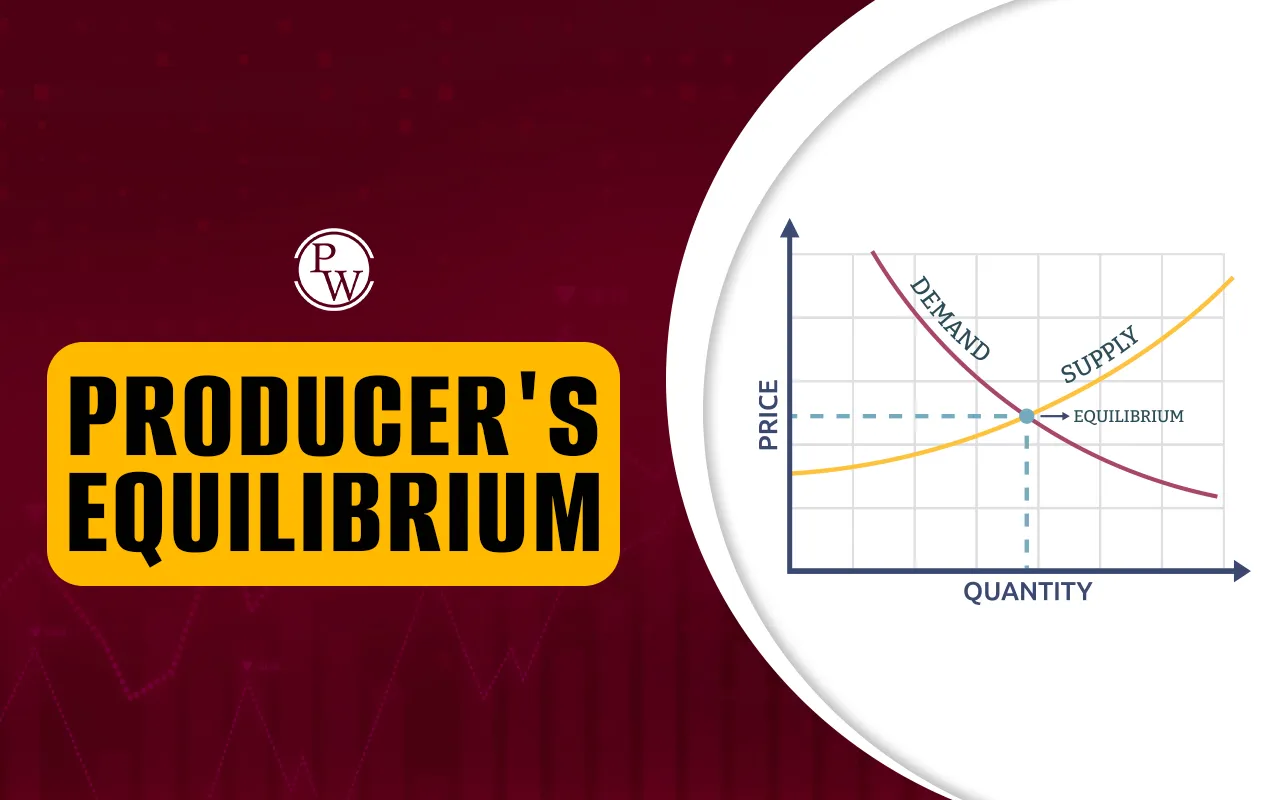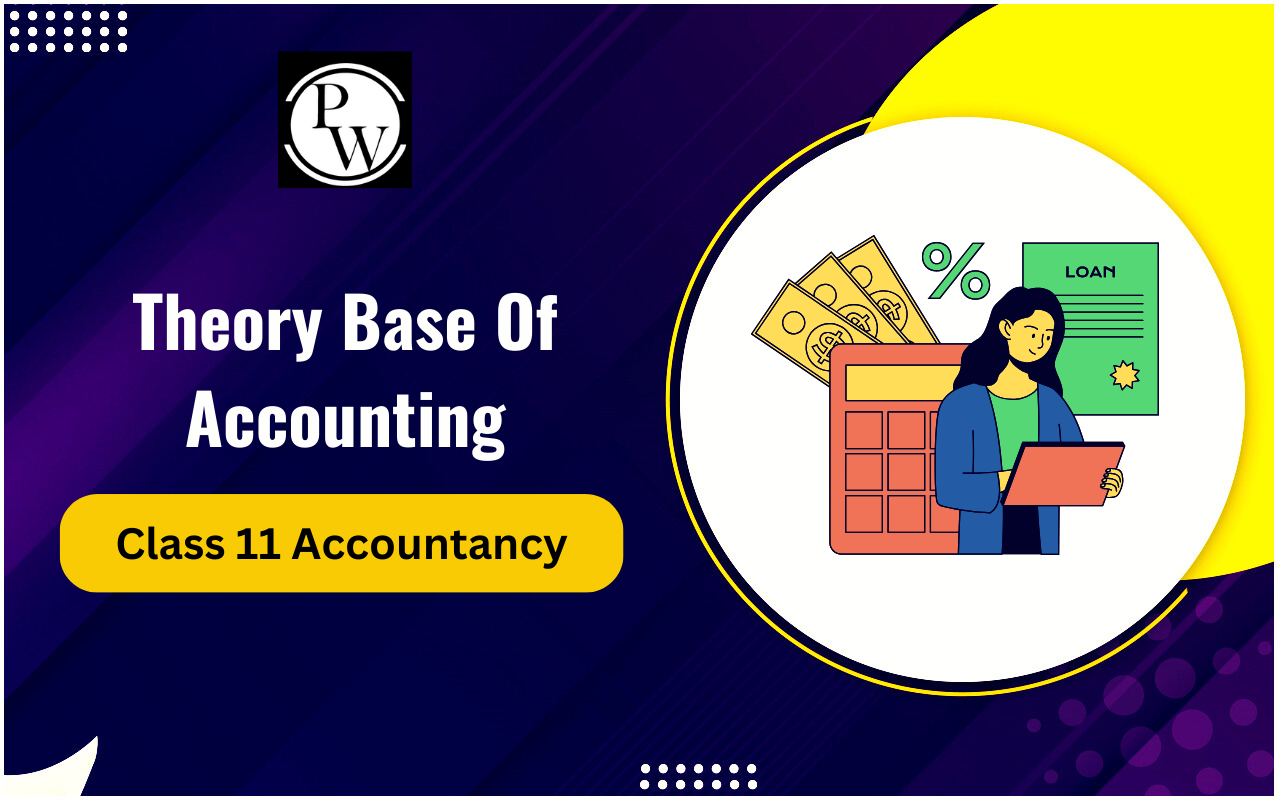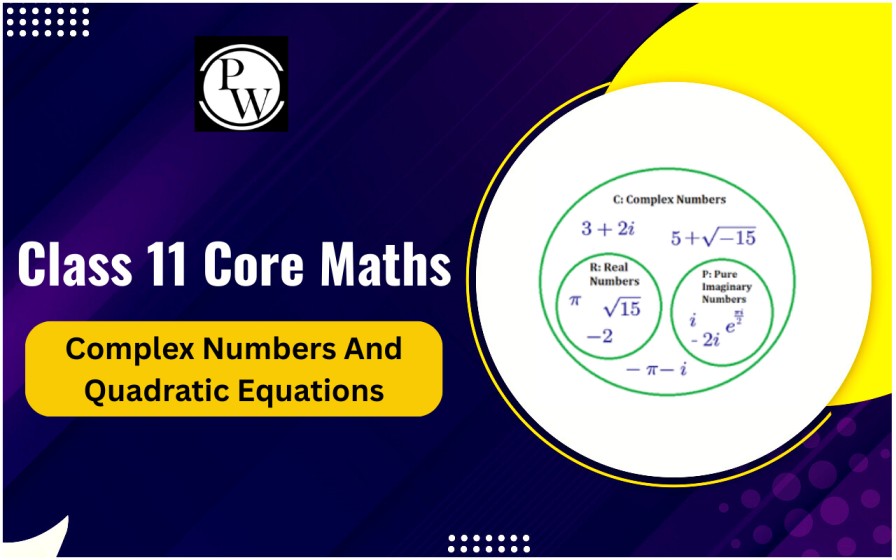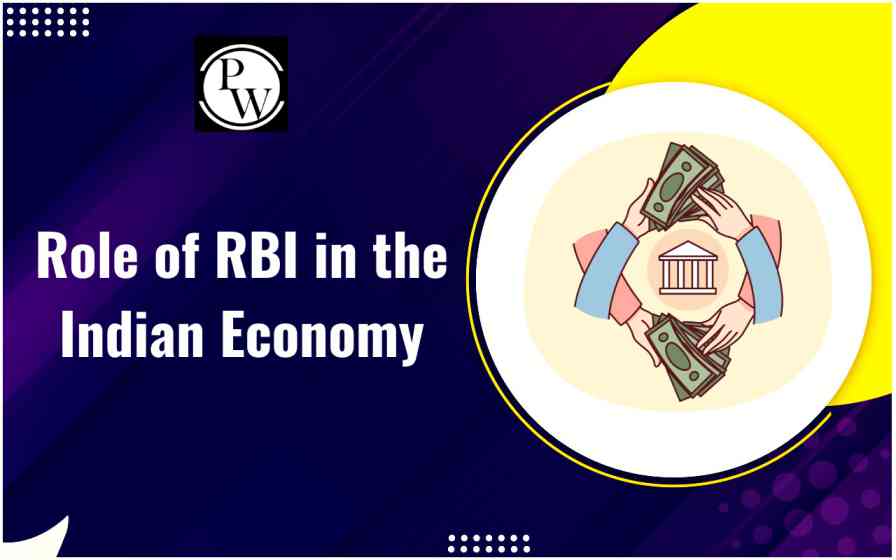

Producer's Equilibrium is a fundamental concept in economics that explains the point at which a producer maximizes profit while minimizing costs. It represents a situation where a firm has no incentive to change its level of output because it is earning the highest possible profit. Understanding Producer's Equilibrium is crucial for businesses, economists, and policymakers as it helps in making production and pricing decisions.
This article provides an in-depth analysis of Producer's Equilibrium, covering its meaning, conditions, graphical representation, and significance in the real world.
What is Producer's Equilibrium?
Producer's Equilibrium refers to a situation where a producer attains maximum profit or minimizes losses at a given level of output. It occurs when a firm does not tend to increase or decrease production because doing so would either reduce profit or increase cost.
A firm reaches Producer's Equilibrium when:
-
Marginal Cost (MC) equals Marginal Revenue (MR).
-
Marginal Cost is rising after equating with Marginal Revenue.
These two conditions ensure that the firm is operating at the optimal level of production where profits are maximized.
Conditions for Producer's Equilibrium
To achieve Producer's Equilibrium, two main conditions must be met:
1. Marginal Cost (MC) = Marginal Revenue (MR)
A producer maximizes profit when the additional revenue earned from selling one more unit (MR) is equal to the additional cost incurred in producing that unit (MC).
If MR > MC, the producer can increase output to earn more profit.
If MR < MC, the producer should reduce output as the cost of producing additional units is higher than the revenue gained.
When MR = MC, the firm is at equilibrium and does not need to adjust production levels.
2. Marginal Cost (MC) Must be Rising
For the Producer's Equilibrium to be stable, the Marginal Cost curve must be rising after intersecting the Marginal Revenue curve. If MC = MR but MC is falling, the firm is not at equilibrium because producing additional units will still increase profit. Only when MC is rising does the firm achieve the optimal level of production.
Producer's Equilibrium Under Different Market Conditions
Below we’ve mentioned producer’s equilibrium under different market conditions:
1. Producer's Equilibrium in Perfect Competition
In a perfectly competitive market, the firm is a price taker, meaning it cannot influence the market price. The Marginal Revenue curve is horizontal, and Producer's Equilibrium occurs where MC = MR. Since firms can enter and exit freely, long-term equilibrium occurs at the point where firms earn normal profits.
2. Producer's Equilibrium in Monopoly and Monopolistic Competition
Under monopoly and monopolistic competition, the firm has some control over price. The Marginal Revenue curve is downward sloping, meaning the firm must lower the price to sell additional units. Here, Producer's Equilibrium is achieved at the point where MC = MR and MC is rising. However, due to the lack of perfect competition, firms can earn supernormal profits.
Importance of Producer's Equilibrium
Understanding Producer's Equilibrium is essential for businesses and policymakers as it helps in:
Profit Maximization: This helps firms determine the optimal level of output to maximize earnings.
Cost Management: Ensures efficient utilization of resources, reducing wastage.
Pricing Strategies: Helps businesses set prices that align with market conditions.
Economic Efficiency: Leads to better allocation of resources, benefiting both producers and consumers.
Government Policies: Helps policymakers regulate markets by ensuring fair competition and preventing monopolistic exploitation.
Factors Affecting Producer's Equilibrium
Several factors influence the Producer's Equilibrium, including:
Cost of Production: Changes in raw material, labor, and operational costs affect equilibrium.
Market Demand: High demand may encourage firms to produce more, shifting equilibrium.
Technological Changes: Innovation can reduce production costs and alter equilibrium.
Government Policies: Taxes, subsidies, and regulations impact cost structures and equilibrium levels.
Competition Level: The nature of competition in the industry influences pricing and output decisions.
Producer's Equilibrium is a critical concept in economics that determines the optimal production level where profits are maximized, and costs are minimized. It occurs when Marginal Cost equals Marginal Revenue, with MC rising after the intersection. Understanding this concept helps businesses make informed production and pricing decisions, ensuring long-term sustainability and profitability.
By focusing on Producer's Equilibrium, firms can optimize resource allocation, reduce costs, and enhance profitability. Whether in a competitive or monopolistic market, achieving equilibrium is essential for economic efficiency and sustainable growth.
Join PW Commerce Online Course and unlock your potential with quality education and dedicated learning support.
Producer's Equilibrium FAQ
What is Producer's Equilibrium?
Why is MC = MR the condition for Producer's Equilibrium?
How does Producer's Equilibrium differ in Perfect and Monopoly Markets?
What happens if a producer produces beyond the equilibrium point?













